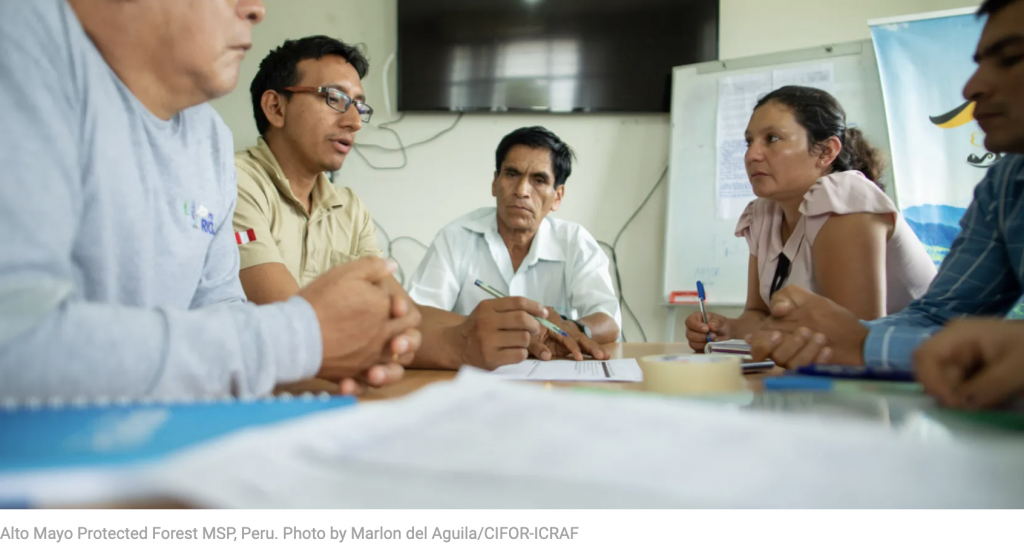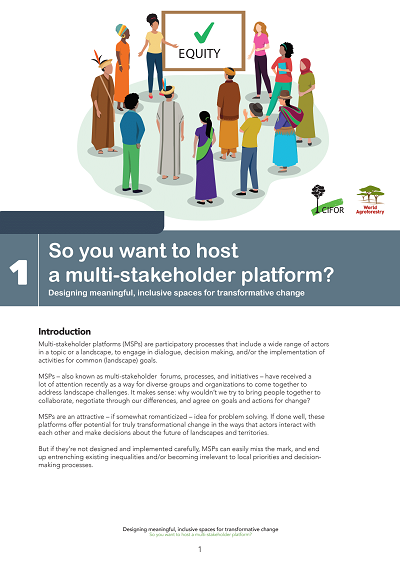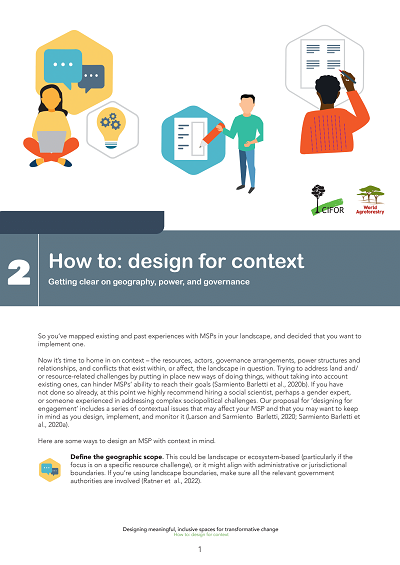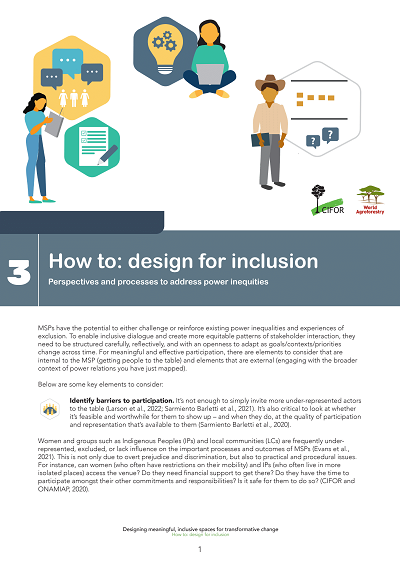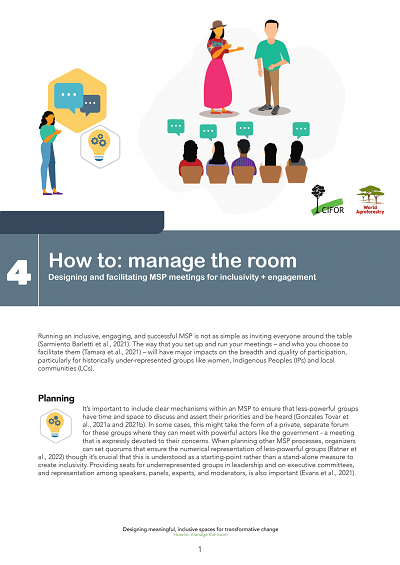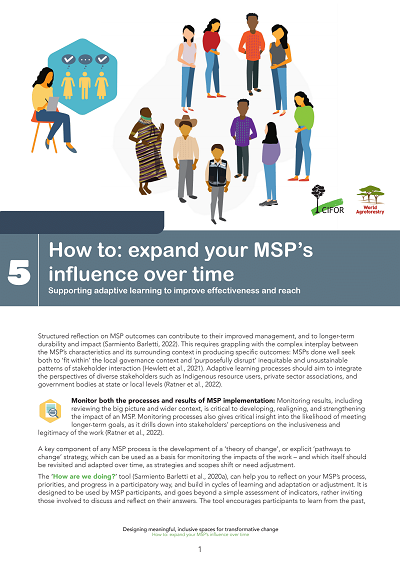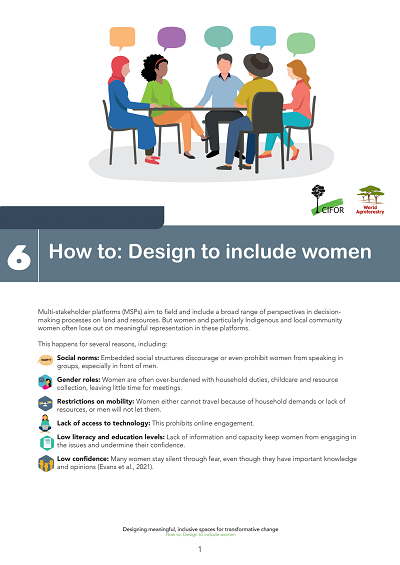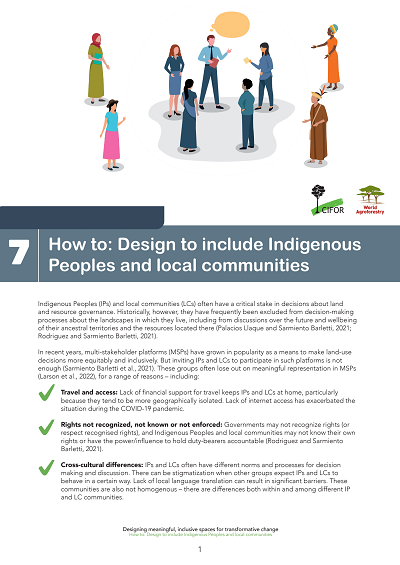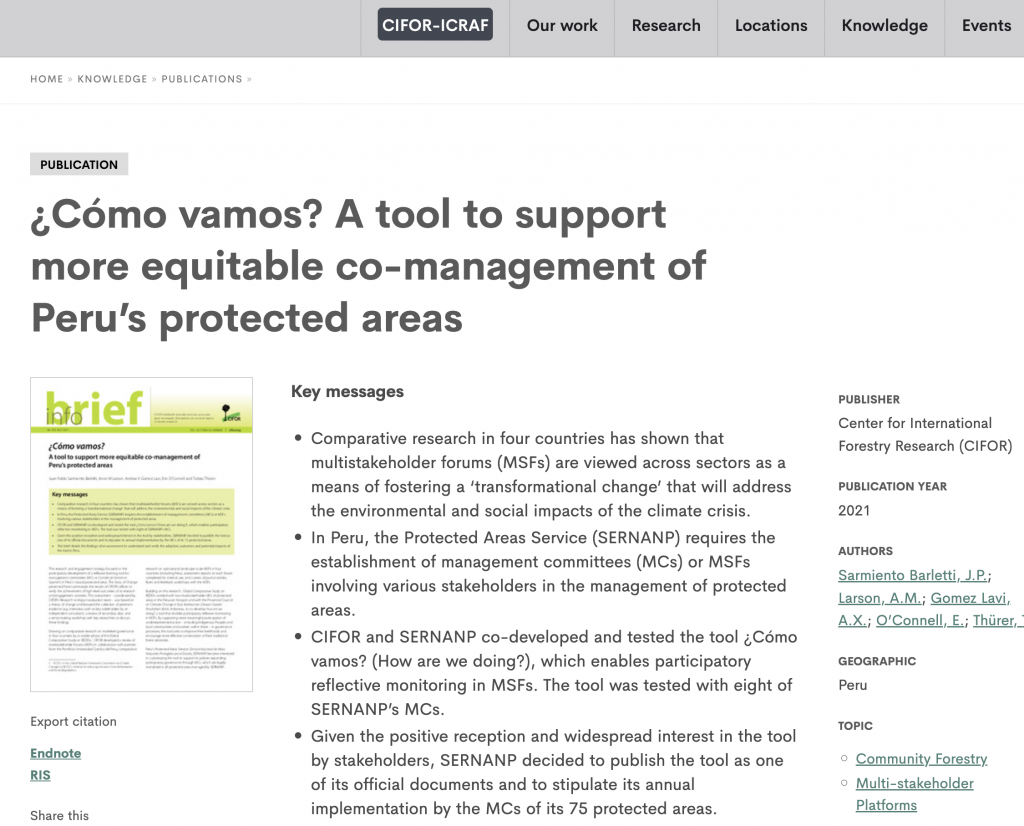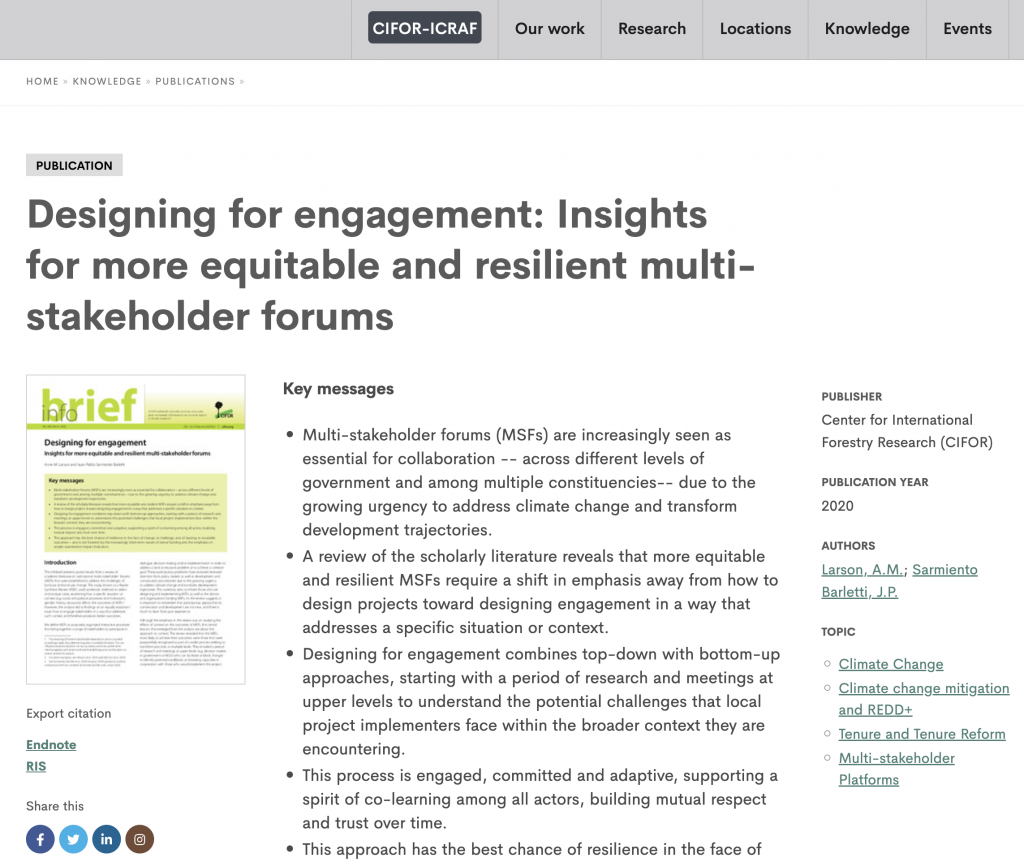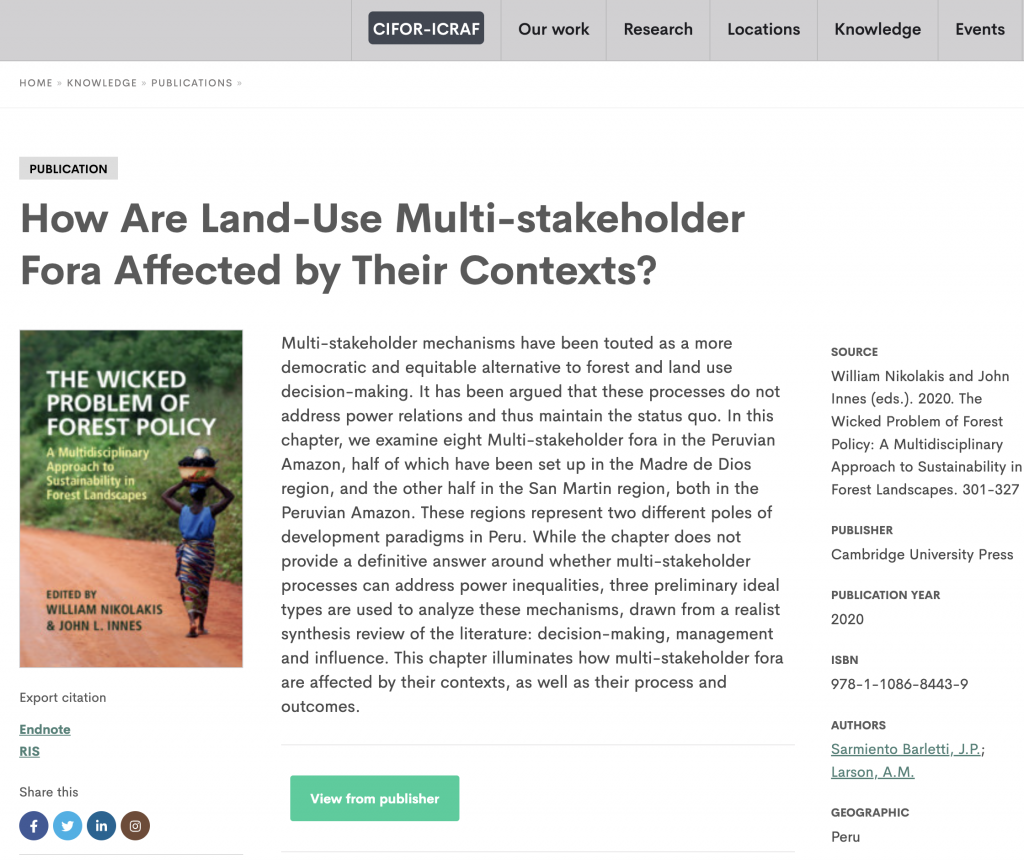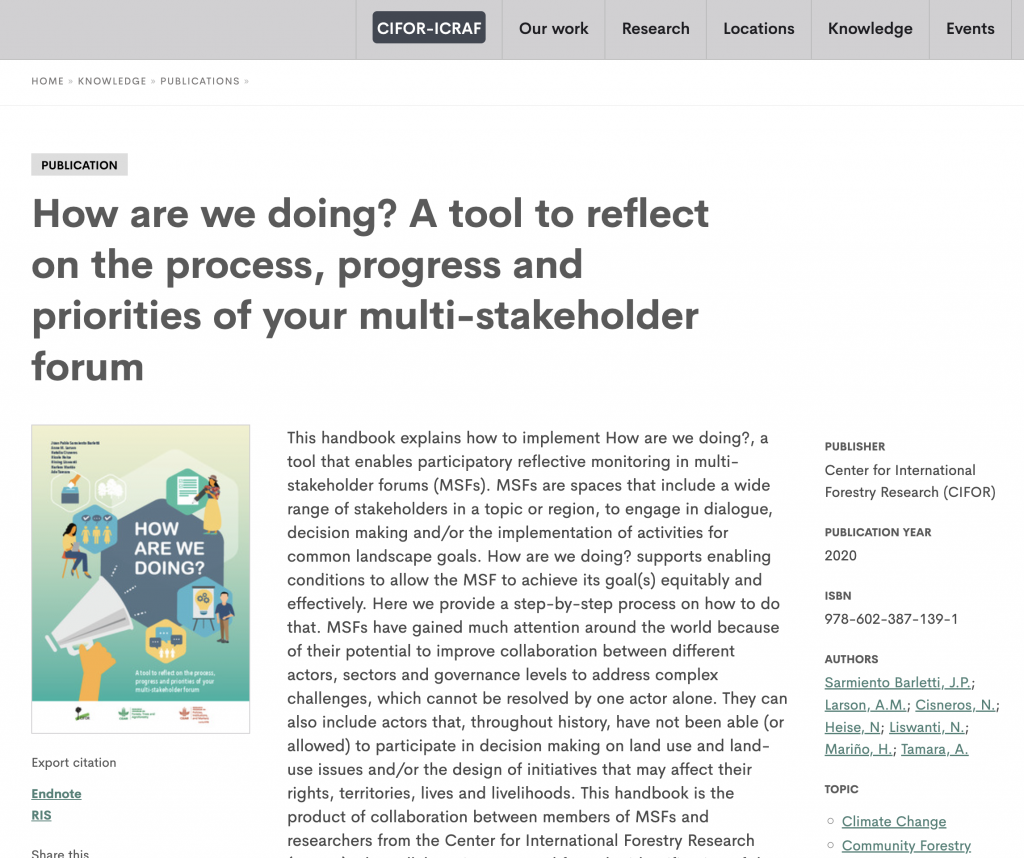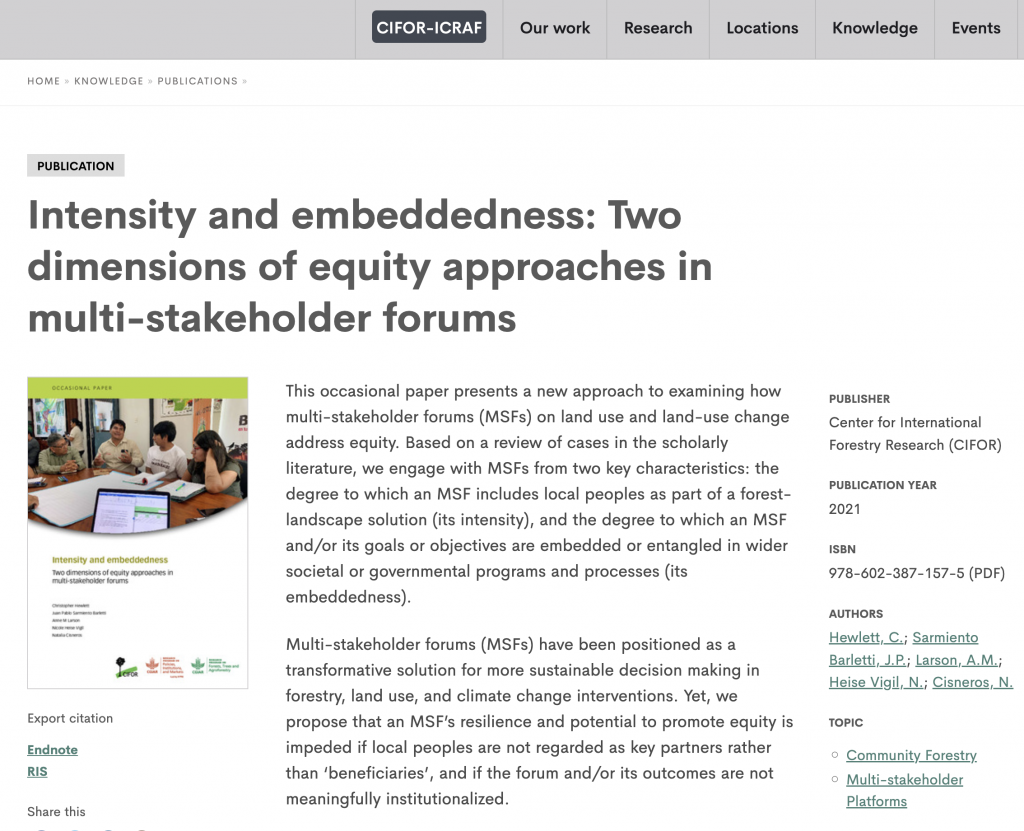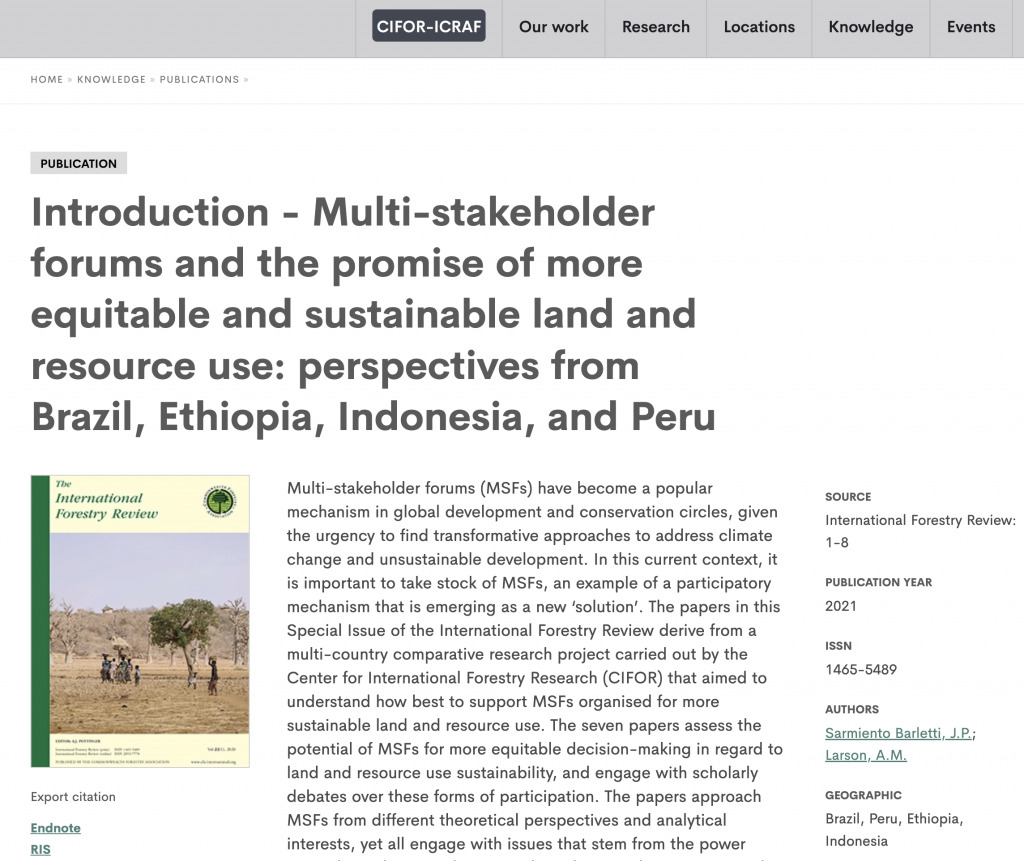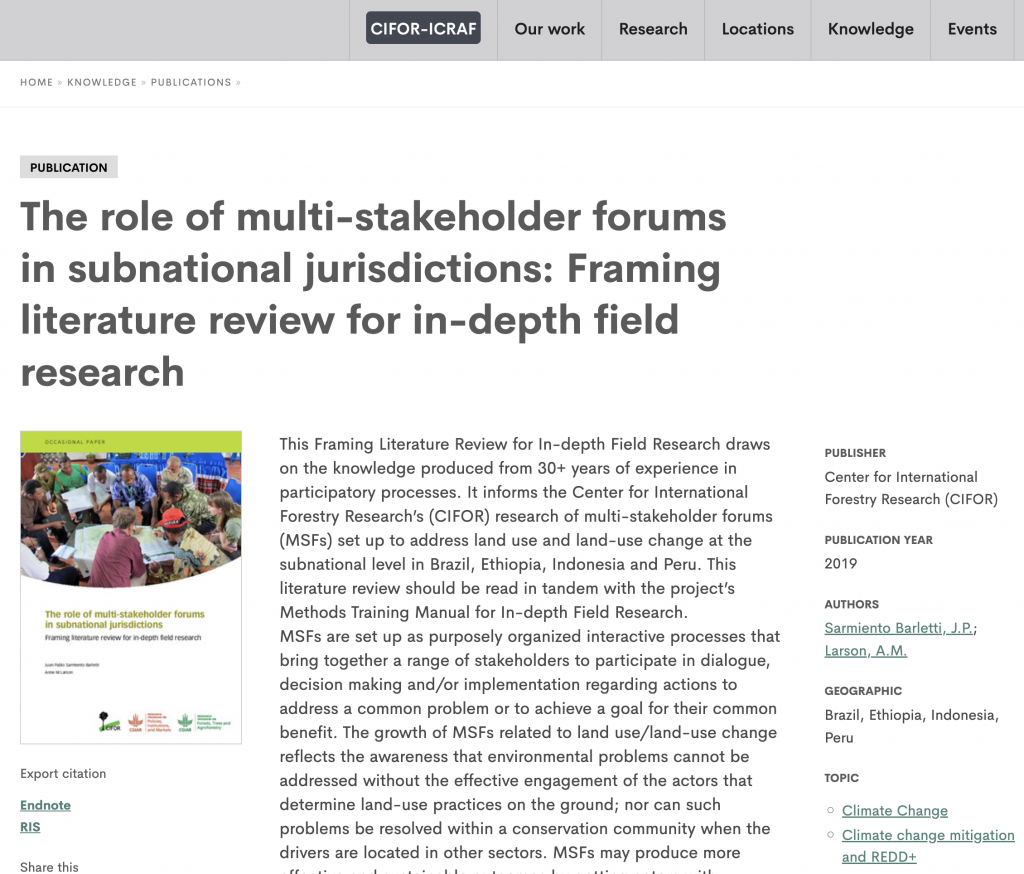
View or download more photos and videos from our image archive here.
REFLECTIONS FROM THE FIELD
ILM in LAC

We, the Central Component, see six critical elements in the ILM process. To see them in action, you need look no further than our programme’s remarkable Latin American and Caribbean projects, which have embraced integrated landscape approaches to revolutionize land use practices, conserve biodiversity and foster sustainable development.
KNOWLEDGE
Can ILM contribute to sustainable cattle ranching? And vice versa?

In recent years, strategies to promote sustainable alternatives to conventional ranching have emerged, aiming to mitigate and adapt to the effects of climate change, reduce deforestation, conserve vulnerable ecosystems, and mitigate impacts from cattle production. Achieving these objectives often involves endorsing enhanced practices, implementing robust monitoring systems, and fostering collaboration among various stakeholders. ILM could enable pathways to achieving impact at scale.
Landscape Learning Session #2: Criteria, Indicators & Tools of ILM
Despite its application over the past few decades in various contexts to harmonize conflicting land management goals such as development and conservation, there remains no systematic framework to guide the implementation, monitoring, and evaluation of ILM projects.
We set out to fix that, conducting a global review to propose such a framework. This learning event presented the results of this review and delved into two examples of monitoring tools applied in ILM projects.
RESOURCES
MSF fatigue? How to design for context, inclusion and effectiveness

A tale of two Brazilian states leads us to really useful tips to design meaningful, inclusive platforms for transformation. In the 1990s and early 2000s – in response to calls for participatory land-use planning and concerns about deforestation – Brazil’s state governments began to carry out Ecological-Economic Zoning processes to collectively lay out land-use plans that were inclusive and sustainable. These processes were mandated to be developed and implemented using multi-stakeholder participatory mechanisms.
Two states ended up with very different results. Explore the lessons to be learned through this curation of research and interviews, and download at-a-glance factsheets with tips on how to how to manage power, politics and participation in your own multi-stakeholder processes.
We often take too much for granted in MSPs. Some considerations are simple – like changing where the platform is held, or adjusting seating arrangements – and some require deeper strategic thinking. Our research has unearthed a host of practical steps that convenors can take to help empower marginalised stakeholders and create lasting impact.
Anne Larson on CIFOR-ICRAF’s info sheets and how-to guides




